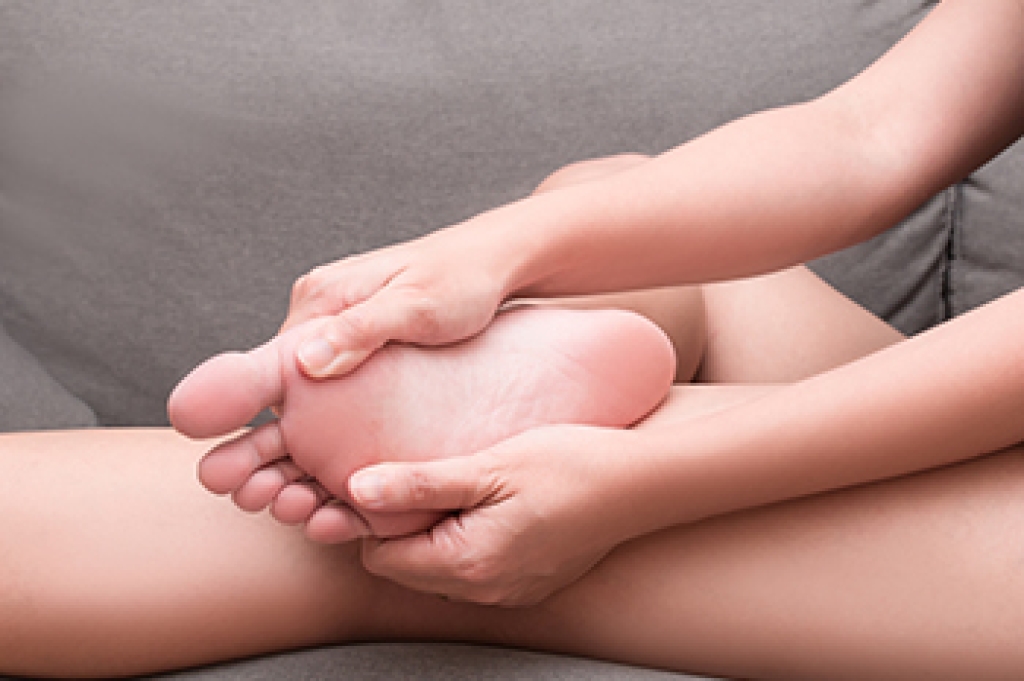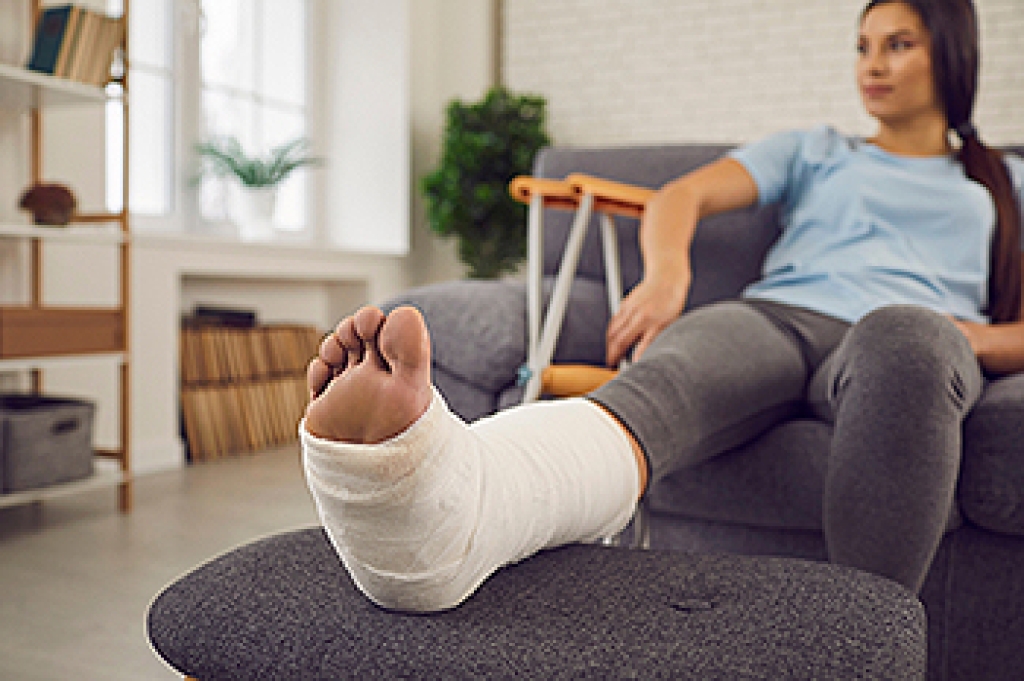
Sesamoiditis is a painful condition that affects the ball of the foot, specifically around the big toe joint, where two small bones called sesamoids are located. These bones act like pulleys to help the tendons move smoothly, but they can become irritated or inflamed due to overuse, repetitive pressure, or high-impact activities like running or dancing. Symptoms include a dull or sharp pain beneath the big toe, swelling, bruising, and difficulty bending or bearing weight on the toe. The area may feel tender to the touch and may worsen with certain shoes or prolonged activity. A podiatrist can diagnose sesamoiditis through a physical exam and imaging, such as X-rays or an MRI scans to rule out fractures. Treatment often includes custom orthotics, padding, anti-inflammatory medications, and footwear changes. In more severe cases, immobilization or injections may be necessary. It is suggested that you schedule an appointment with a podiatrist to address persistent foot pain.
Sesamoiditis is an unpleasant foot condition characterized by pain in the balls of the feet. If you think you’re struggling with sesamoiditis, contact David Lambarski, DPM of Northeast Foot Care. Our doctor will treat your condition thoroughly and effectively.
Sesamoiditis
Sesamoiditis is a condition of the foot that affects the ball of the foot. It is more common in younger people than it is in older people. It can also occur with people who have begun a new exercise program, since their bodies are adjusting to the new physical regimen. Pain may also be caused by the inflammation of tendons surrounding the bones. It is important to seek treatment in its early stages because if you ignore the pain, this condition can lead to more serious problems such as severe irritation and bone fractures.
Causes of Sesamoiditis
- Sudden increase in activity
- Increase in physically strenuous movement without a proper warm up or build up
- Foot structure: those who have smaller, bonier feet or those with a high arch may be more susceptible
Treatment for sesamoiditis is non-invasive and simple. Doctors may recommend a strict rest period where the patient forgoes most physical activity. This will help give the patient time to heal their feet through limited activity. For serious cases, it is best to speak with your doctor to determine a treatment option that will help your specific needs.
If you have any questions, please feel free to contact our offices located in Amsterdam and Clifton Park, NY . We offer the newest diagnostic and treatment technologies for all your foot care needs.




